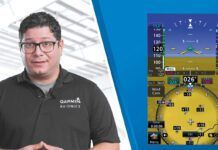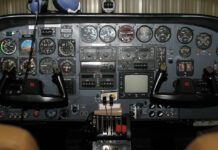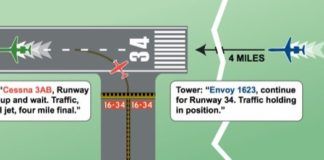Control towers are team operations, like all other ATC facilities. Tower may ultimately control which aircraft takes off first, but it’s Ground that sets the stage. A solid ground controller monitors Tower’s traffic flow and puts each outbound aircraft in a position that’s most advantageous for their departure. They’re essentially playing high stakes chess with aircraft-shaped pieces.
Accomplishing this task successfully requires the occasional “unable” when a pilot’s specific request can create a problem in the overall flow. This gatekeeping can occur for any number of reasons, with safety and efficiency being primary.
At our airport, we’ll often have pilots request to depart an inactive runway. Normally, that’s not a problem. It just takes a little inter-facility coordination. However, what if Tower’s already saturated with pattern and itinerant traffic on the active runway, and has aircraft shooting opposite direction practice instrument approaches to that inactive runway? We’re not in the business of “playing chicken” with aircraft. I would deny the request.

What if the pilot says he absolutely needs a certain runway for performance reasons? Perhaps it’s a taildragger that’s concerned about getting blown over in a strong crosswind, or an airliner that’s pushing its weight limitations and needs our longest runway. If he needs it, he needs it. However, I’ll be sure to tell him, “Expect an indefinite delay.” In other words, “We’ll get you out whenever we can, once a hole in the chaos presents itself, but expect to wait for a while.”
A request denial can often be for the pilot’s own benefit. At times, I’ll deny intersection departure requests when I can see a full length departure is more advantageous. An example would be a Mooney requesting an intersection departure when Tower’s got a heavy Airbus A300 ready to go and a Boeing 737 showing 150 knots on a nine mile final. If the Mooney takes the intersection, it’ll be a mandatory three minute wake turbulence delay behind the departing ‘bus. When the clock runs out, the 737 will be only 1.5 miles out. No way is Tower departing anyone with the 737 that close. The Mooney will need to wait.
Denying the request and making the Mooney go full length cuts the wake turbulence delay down to just two minutes. If the A300 rolls right away, by the time two minutes are up, the 737 should be about four miles away. The Mooney can easily take off in time.
I know some controllers can be curt and not very forthcoming with information at times, especially when they’re busy. I’ve been guilty of it myself. Still, if Ground denies your request, feel free to ask why. There’s usually a pretty good reason for it. -TK





